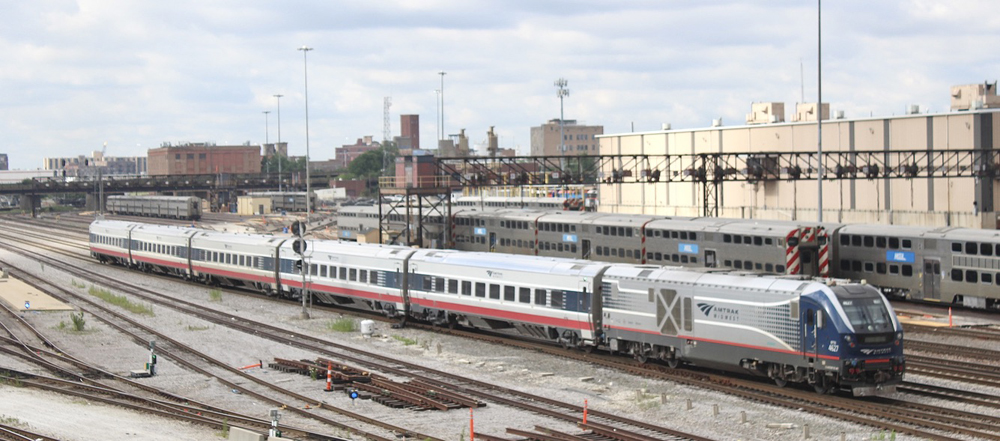
An era of transition for Amtrak’s fleet is currently taking place. Since 2013, the intercity passenger railroad has been actively introducing new locomotives, rolling stock, and trainsets – and it shows no sign of slowing down with planned additions of the Avelia Liberty and Airo equipment. While we wait for both newcomers to hit the rails, let’s recap the last 10-plus years of Amtrak equipment that’s been unveiled and entered into service.
Siemens ACS64 electric locomotive
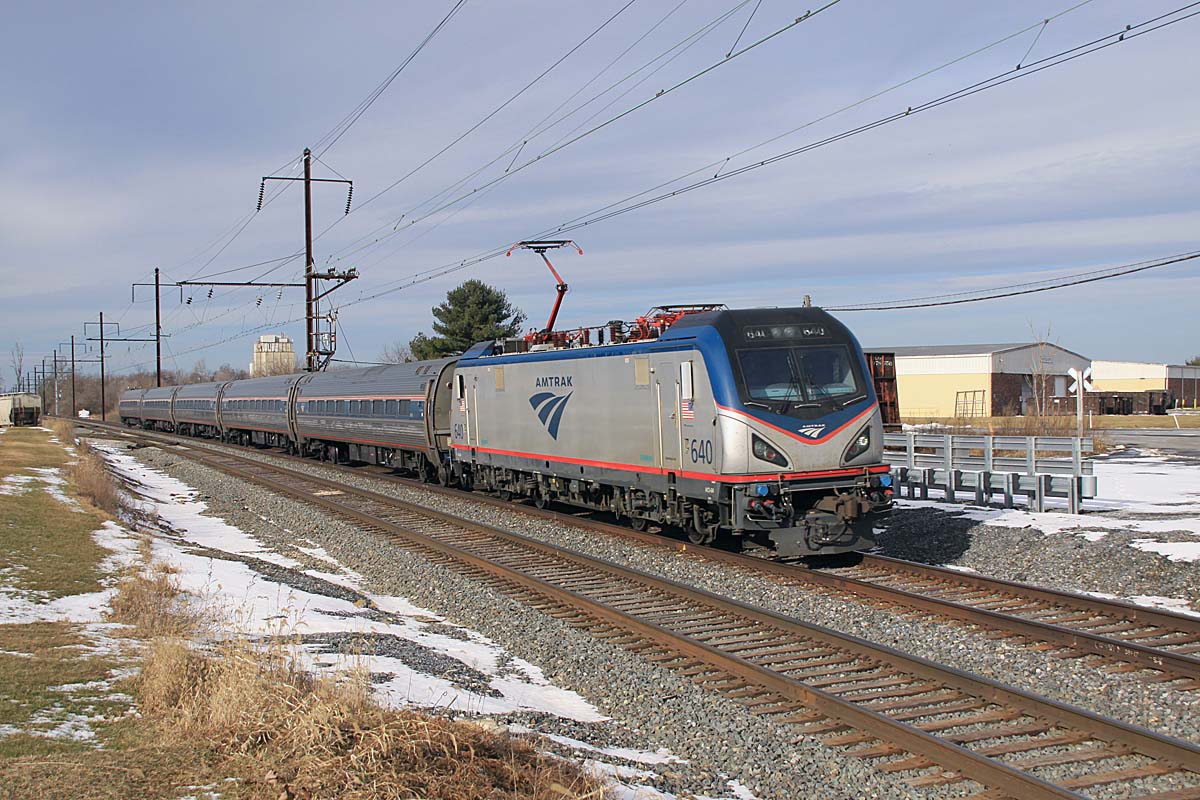
2013: The ACS64 was Amtrak’s first new power unit to enter service in 12 years. In 2010, the national passenger rail carrier ordered 70 new electric locomotives from Siemens USA at a price tag of $465.9 million, with the goal of replacing the Northeast Corridor’s aging EMD AEM7s and unreliable Bombardier-Alstom HHP8s.
Christened “Cities Sprinters,” the first three ACS64s were unveiled May 13, 2013, at Siemens’ assembly plant in Sacramento, Calif. Locomotive No. 600 was the first to enter revenue service when it headed Northeast Regional No. 171 out of Boston on Feb. 7, 2014. By the end of 2016, all 70 units had been built, putting their 8,600 horsepower to work on Regional and long-distance trains along the corridor, in addition to Pennsylvania’s Keystone Service. The ACS64s were a catalyst to Amtrak’s future locomotive fleet, with the carrier establishing a long-term partnership with Siemens.
Read more about Siemens ACS-64s in Trains’ Jan. 2025 issue.
Talgo Series 8 trainset
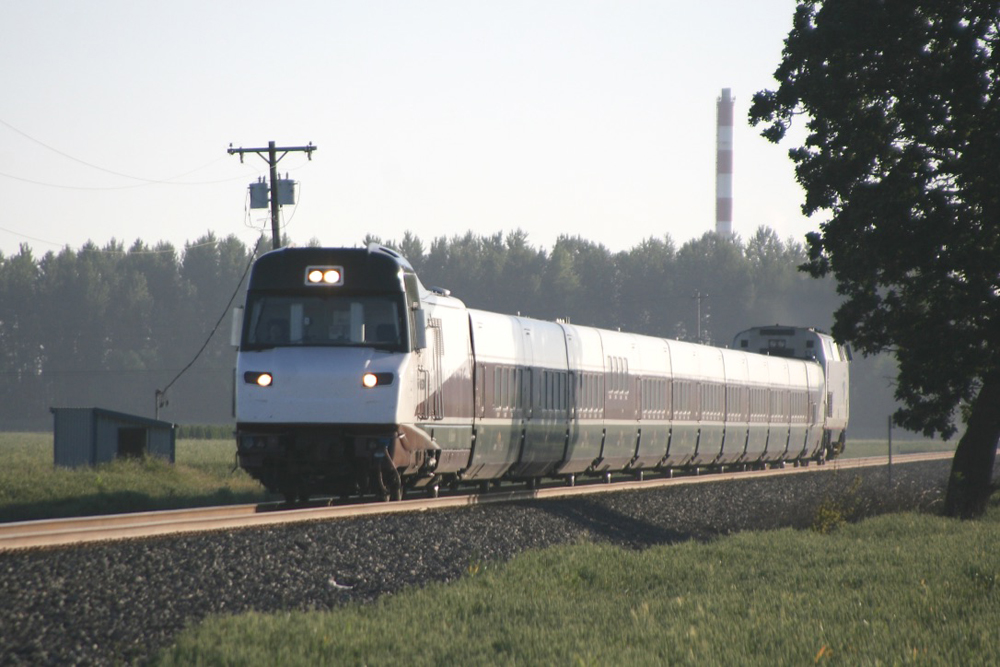
2013: The strange odyssey surrounding Talgo’s Series 8 trainset in America began in 2009, when two 14-car sets were ordered by then-Wisconsin Gov. Jim Doyle to revamp and extend Amtrak’s Chicago-Milwaukee Hiawatha Service to Madison, Wis. Talgo even set up shop in Milwaukee with a facility to build and maintain the articulated equipment based on the prospect of additional orders. Unfortunately for the Spanish-based manufacturer, after Gov. Scott Walker was elected in 2010, he turned back the federal funding for the Hiawatha improvements and ultimately canceled the agreement. Wisconsin ended up paying Talgo $59 million for breaking the contract.
The Series 8 was still given a chance to shine when the Oregon Department of Transportation in 2012 ordered two identical sets for Amtrak’s Eugene, Ore.-Vancouver, British Columbia, Cascades. After their assembly at the Milwaukee complex, the equipment headed west and was put in service the following year. Meanwhile, the Washington Department of Transportation and Amtrak declined to purchase the Wisconsin Series 8s, and jointly decided to retire the 1999-vintage Talgo Series VI trainsets on the Cascades. With Talgo’s maintenance agreement cancelled, and the Pacific Northwest service slated to get Airo equipment, the Spanish company sold its orphaned Wisconsin trainsets to Nigeria, where they have entered commuter service.
Read more about Talgo in Trains’ Sept. 2021 issue.
CAF Viewliner II car
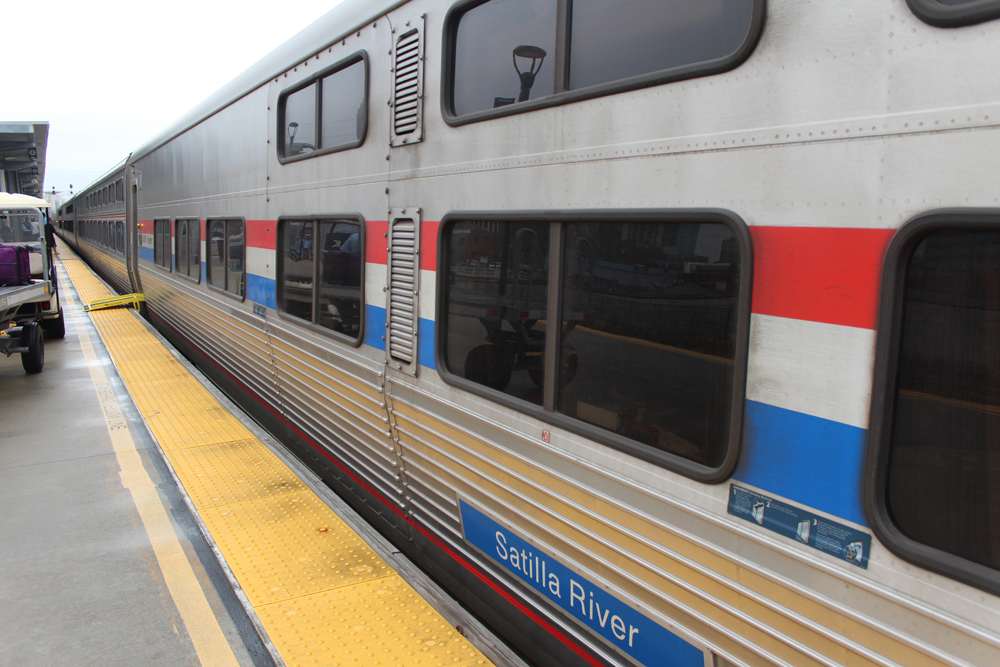
2013: The long-awaited follow-up to the long-distance “Viewliner” cars of the 1990s now offers more than just sleeping accommodations. A $298 million contract for 71 baggage, 10 baggage-dormitory, 25 dining and 25 sleeping Viewliner II cars was awarded to CAF USA, the American subsidiary of Spanish railway manufacturing firm Construcciones y Auxiliar de Ferrocarriles, S.A., in July 2010. One of each car type was unveiled at the factory in Elmira, N.Y., on Oct. 24, 2013, with delivery scheduled by 2015.
But delays took a toll on the timeline due to challenges in the cars’ production and testing. By 2018, the baggage, baggage-dormitory, and dining cars were delivered and replaced what remained of Amtrak’s heritage fleet. The full order wasn’t completed until 2021 with the delivery of the final sleepers, which operate on the carrier’s Eastern overnight trains. Trains correspondent Bob Johnston described his experience riding them in February 2022.
Siemens Charger SC44 diesel locomotive
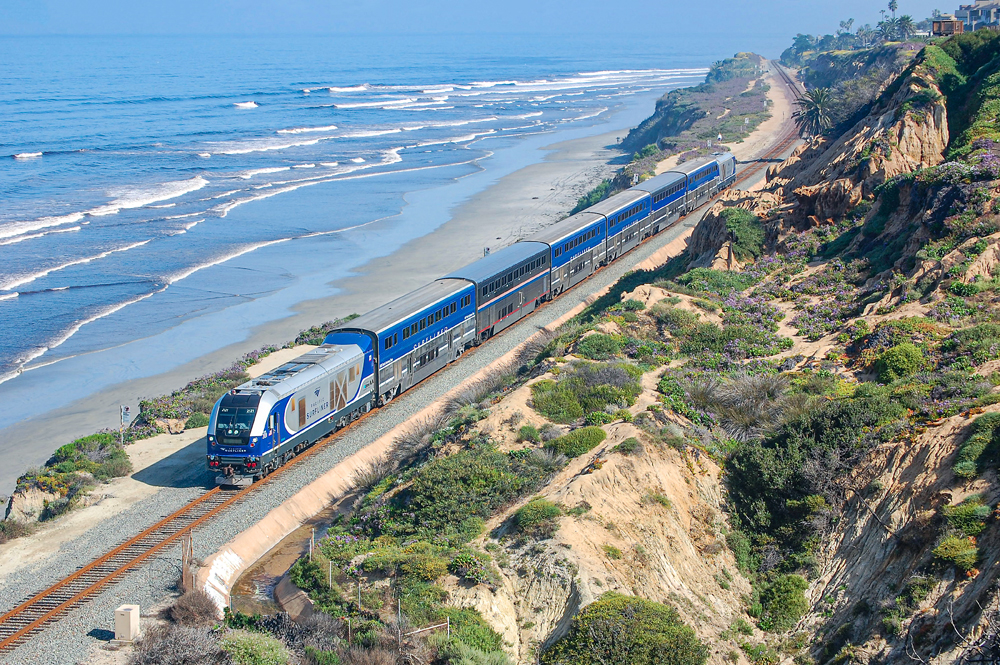
2016: Siemens partnered with some of the states supporting Amtrak regional trains to build a new class of diesels and replace the aging fleet of GE P40 and P42 locomotives in state-supported operations. Based on Europe’s Vectron locomotives, the SC44 “Charger” was built at Siemens’ Sacramento facility, with the roster’s rollout beginning in 2016.
The final product is a locomotive powered by a Cummins QSK95 prime mover that can produce 4,400 hp while also being Tier 4 emission compliant. A total of 66 SC44s were ordered for the transportation agencies of Illinois, Michigan, Missouri, California and Washington. They have become the primary motive power on Amtrak’s state-funded operations from the Chicago hub, in addition to California and the Pacific Northwest.
Siemens Venture car
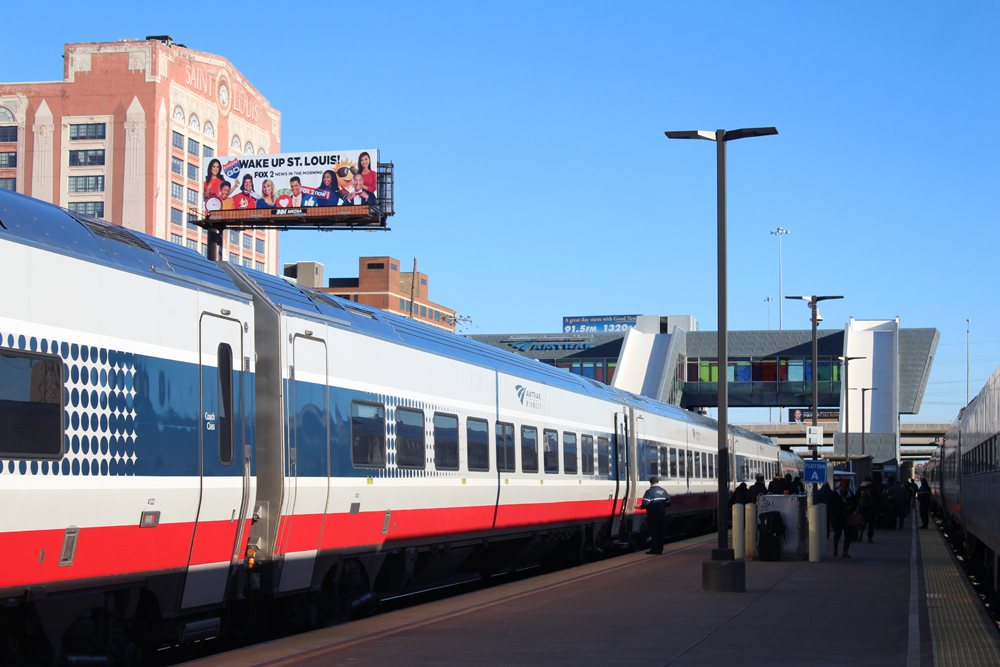
2020: When original bid-winner Nippon Sharyo was unable to meet structural requirements for a planned fleet of bilevel coaches, state DOTs in California and Illinois turned to Siemens for a single-level replacement based on cars built for Florida’s Brightline – themselves based on a European prototype.
The 88 cars for the Midwest, overseen by the Illinois Department of Transportation, included coaches, coach-cafés, and business-class cars. The first trainset debuted in 2020; the order itself is nearing completion, with the first coach-café having debuted in mid-2024. California’s San Joaquins corridor, operating between Bakersfield and Oakland or Sacramento, is getting 49 cars: 33 coaches, seven cab cars, and nine yet-to-be delivered coach/food-vending cars.
Siemens Charger ALC42 diesel locomotive
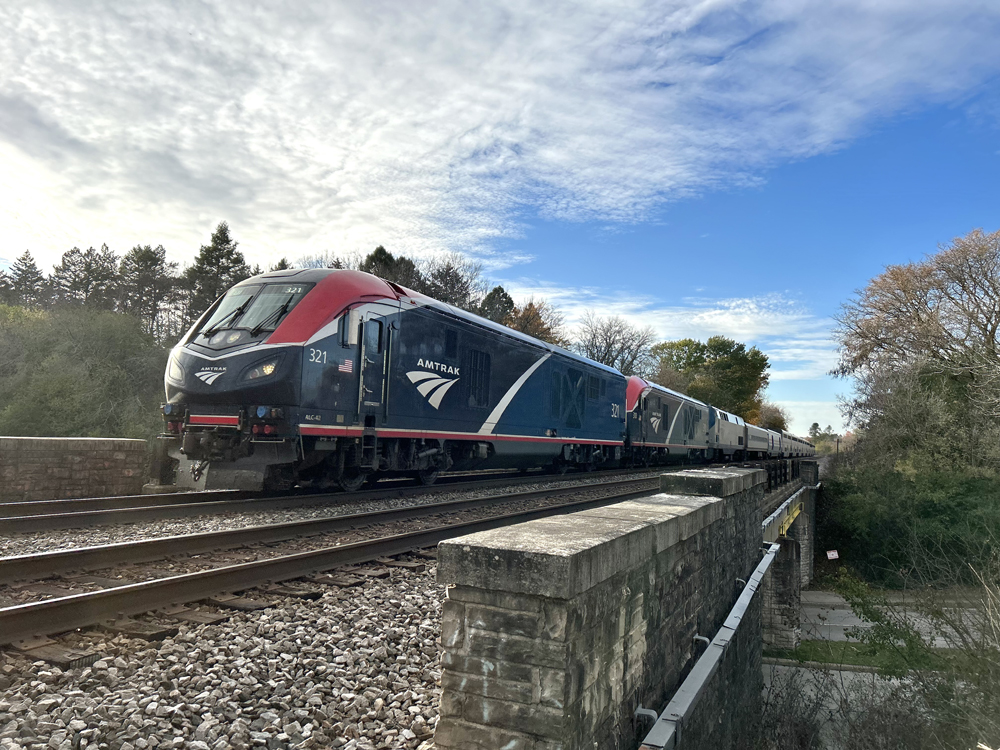
2021: The 75-unit order announced in December 2018 is intended to replace the P40 and P42 fleet on the long-distance routes. Differences from the SC44 include slightly reduced horsepower (4,200 hp), but greater fuel capacity and increased head-end power. The first locomotive rolled out for testing in 2021.
Nos. 301 – its “Day One” scheme a tribute to the hastily-painted EMD E8 locomotive for Amtrak’s debut in 1971 – and 302 were introduced into regular service on Feb. 8, 2022, on the Chicago-Seattle Empire Builder. However, positive train control issues during the inaugural trip led to delays that forced the last-minute addition of a P42 on the point. The ALC42s also faced initial teething problems during winter operations. But Amtrak subsequently ordered an additional 50 locomotives and continues to expand their use across the national network.







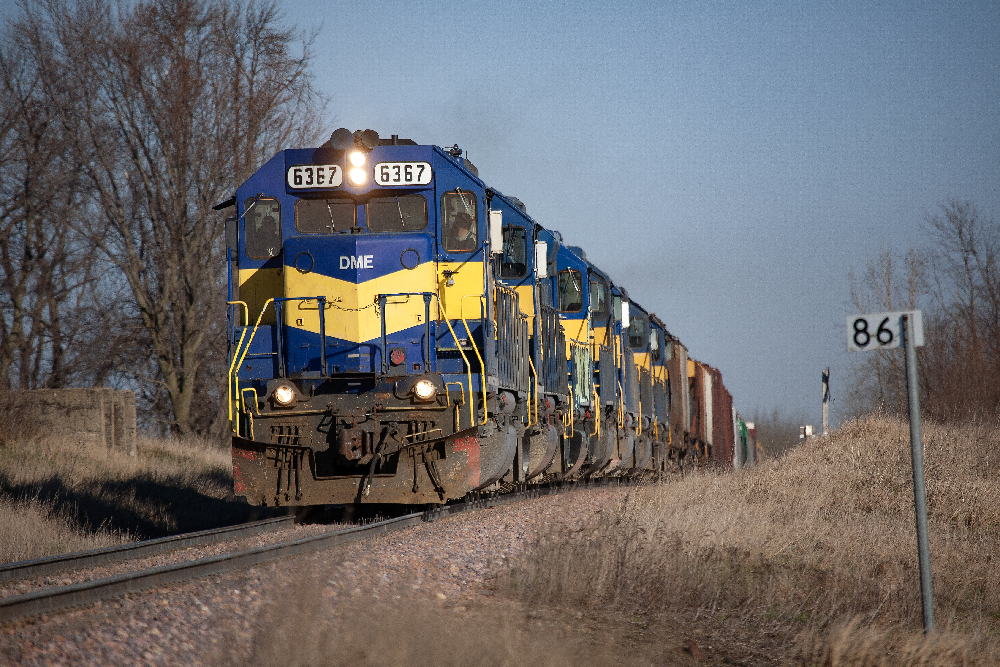
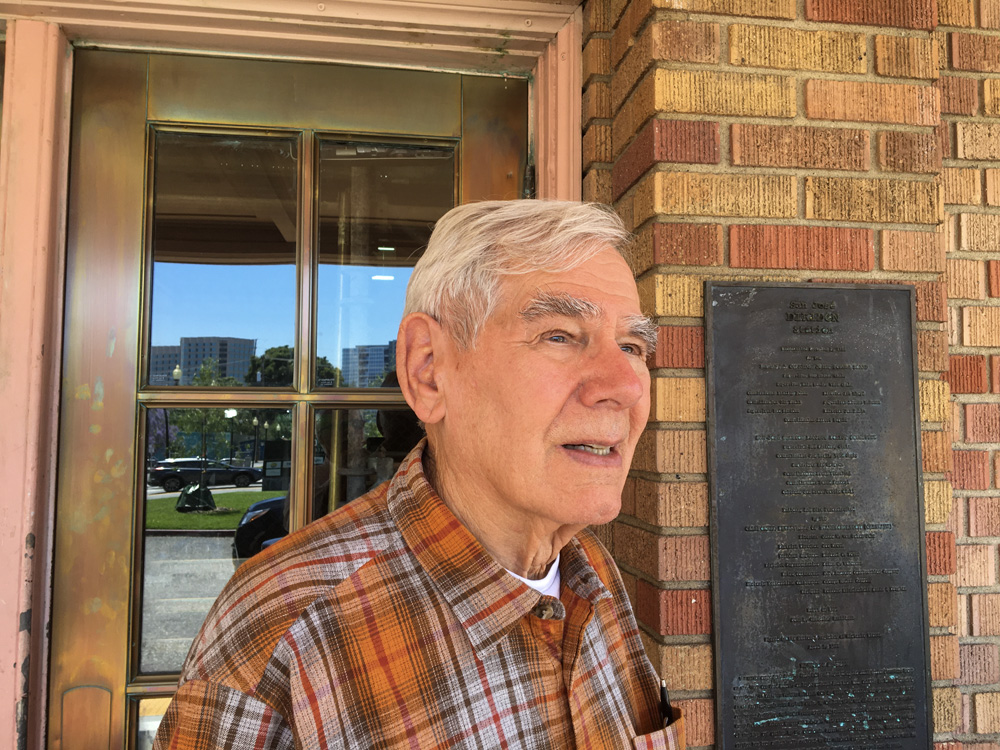
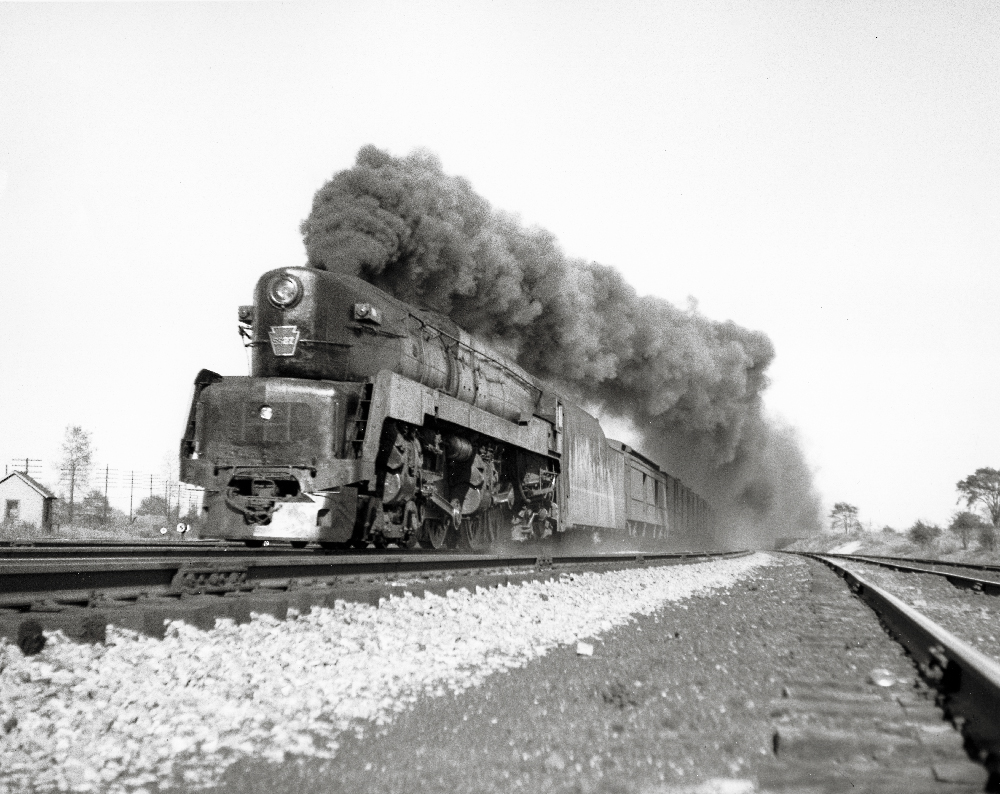




Midwest Venture cars are quiet, ride smoothly and have large windows. All plusses.
One huge negative: seats are as hard as concrete. So hard as to be insufferable. Amtrak must insist on improved seat comfort.
Amtrak management continues to schedule and operate trains as if equipment will perform perfectly at all times. Sky high sleeper car fares might suggest a better performing product. Newbies to Amtrak long distance are shocked to find a poor experience. Then, when something happens and Amtraks “no alternate transpotation” edict leaves people stranded somewhere, they cross over in to the “Never again Amtrak” mode. Amtrak management needs to have a “plan B” that gets people to their destination no matter what the situation.
Still don’t understand why some Amtrack trains have 2 locomotives some back-to-back or have 1 loco in front and 1 on the end when they only have 5 – 6 passenger cars all together, but then they have only passenger trains with 1 locomotive also with 5-6 cars, who decides how many engines a passenger train run with ?
Amtrak needs to address their problem of not enough Superliner cars to serve the demand on their western long distance trains. They are loosing revenue on a daily basis due to sold out trains. That means they look worse on loosing money. It’s not that the demand is there. It is the fact that Amtrak does not have the capacity to serve the market!